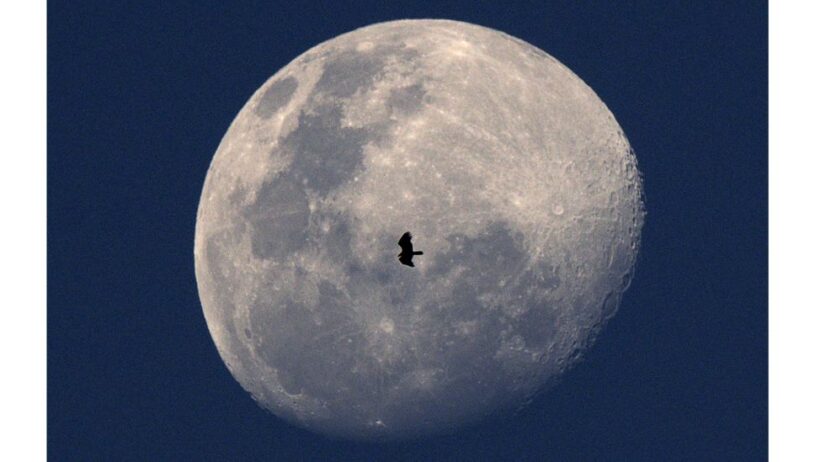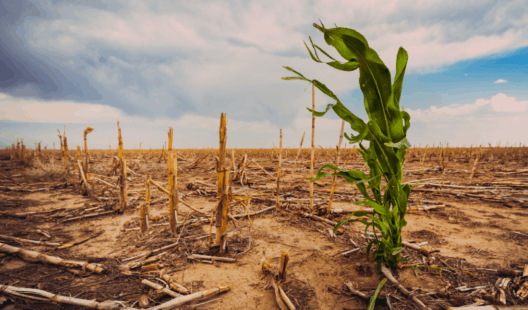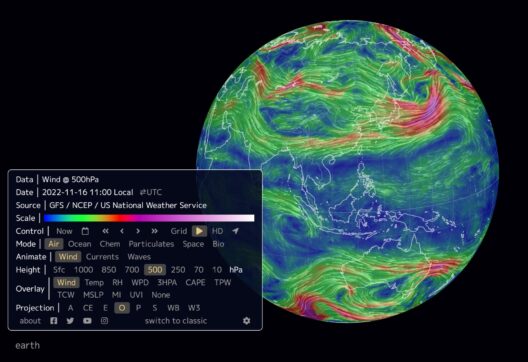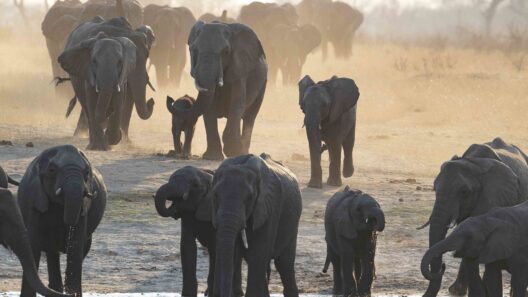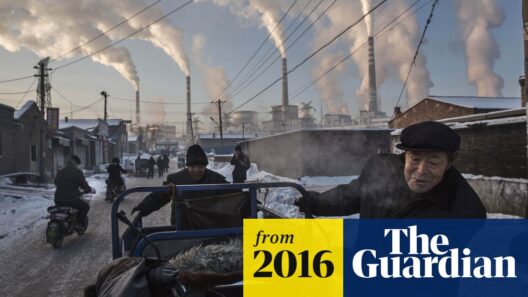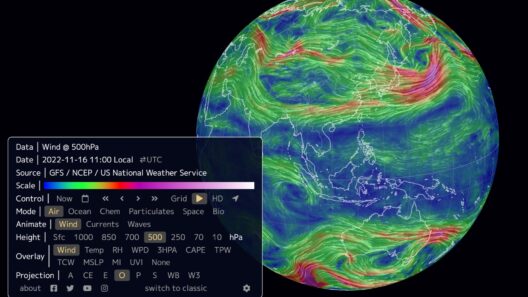The Moon, often considered a mere guardian of the night sky, has always carved its path through the tapestry of human folklore and scientific inquiry. Its luminescent glow has inspired countless myths, from ancient civilizations ascribing it with godly powers to modern tales intertwining its influence with earthly phenomena. As we delve into whether the Moon can influence global warming, we will navigate through the labyrinth of lunar myths and facts, illuminating our understanding of the cosmic ballet that plays out above us.
At the outset, it’s crucial to demystify the concept of global warming itself. Characterized by long-term shifts in temperatures and weather patterns, global warming is predominantly driven by anthropogenic factors, mainly greenhouse gas emissions from burning fossil fuels. Yet, as we gaze upward, one cannot help but wonder: does the Moon, this celestial body tethered to our existence, have a role in this grave situation?
Mythology often paints celestial bodies as harbingers of change. Ancient cultures revered the Moon, treating it as a powerful entity capable of affecting tides, seasons, and, by extension, agricultural success. These perspectives, while romantic, stem from a kernel of truth—the Moon does indeed exert gravitational forces that govern ocean tides. Yet, its influence on climate and global warming is markedly different from the hyperbole found in folklore.
To understand this, consider the Moon as a steady metronome in the orchestra of the solar system. Its gravitational pull generates tidal movements, affecting water bodies around the globe. This phenomenon subtly influences weather patterns—think of the strength of coastal storms, for instance. However, while these are significant local effects, they pale in comparison to the primary drivers of climate change. The Moon can nudge earthly weather; however, it cannot unmake the systemic climatic alterations wrought by human activities.
The Sun, our planet’s dominant energy source, significantly impacts the climate. It is responsible for heating the Earth, driving atmospheric dynamics, and facilitating biological processes. While the Moon’s gravitational influence affects ocean tides and can momentarily alter atmospheric pressure systems, it cannot eclipse the fundamental role of solar radiation in shaping our climate. Drawing an analogy, the Moon serves more as a facilitator of rhythm in an otherwise terrestrial chaos; it provides a lunar cadence to the Earth’s intricate dance with solar energy.
Some intriguing studies have attempted to correlate lunar phases with weather patterns. There are studies suggesting that certain lunar cycles may influence the occurrence of storms or even impact agricultural productivity by affecting moisture levels in the soil. Still, these correlations remain speculative and often lack sufficient empirical substantiation. When we shift focus to global warming—marked by an increase in average temperatures—these lunar influences grow even more tenuous. The increase in carbon emissions, deforestation, and our relentless exploitation of natural resources stand as titans, leaving a much more substantial imprint on our climate than lunar phases ever could.
A popular myth extends to the notion of a ‘supermoon,’ where the Moon appears larger and brighter in the sky when it is at its closest proximity to Earth. As captivating as this visual phenomenon is, it has no tangible connections to climate change. Observers may feel a sense of awe, and while the sights are breathtaking, they serve merely as a reminder of the Moon’s ethereal beauty, not its ability to combat the challenges posed by a warming planet.
Nevertheless, the Moon does play a vital role in maintaining the balance of life on Earth. Its gravitational forces stabilize the axial tilt of our planet, which in turn regulates climate cycles over millennia. This stability has cultivated the conditions essential for the development of life as we know it. Thus, while it does not directly cause or mitigate global warming, it does contribute to the robust, albeit delicate, balance that sustains our ecosystems.
Interestingly, lunar phenomena have also been scrutinized through the lens of climate reflection. The Moon reflects sunlight, with varying intensity based on its phase and surface characteristics. While it is true that the reflected light can potentially influence localized solar energy absorption, these effects are negligible on the grand scale of climate drivers. The enormity of the Earth’s climate system, influenced by myriad factors such as atmospheric composition, ocean currents, and solar radiance, dwarfs any impact that the Moon’s reflected light might have.
In our quest to combat global warming, awareness, and action must be grounded in empirical evidence and scientific understanding. As intriguing as it may be to ponder the Moon’s influence, it is essential to anchor our focus on the pressing realities we face. Each day, human activities continue to alter the intricate balance of our climate. As stewards of this planet, our efforts to address climate change should prioritize actionable solutions grounded in science and devoid of myth. Harnessing renewable energy, reducing carbon footprints, and advocating for sustainable practices must take precedence over cosmic speculation.
In conclusion, while the Moon holds a mystical allure and a significant gravitational presence, its ability to influence global warming is largely a tale wrapped in myth rather than a matter of fact. Instead, we must look to the empirical issues at hand and unite in purpose. The vigor of our actions today will determine the legacy we leave for generations to come. Thus, while we can admire the Moon as a captivating celestial companion, the journey to mitigate climate change rests firmly in our hands, fueled by the urgency of today’s environmental crises.



